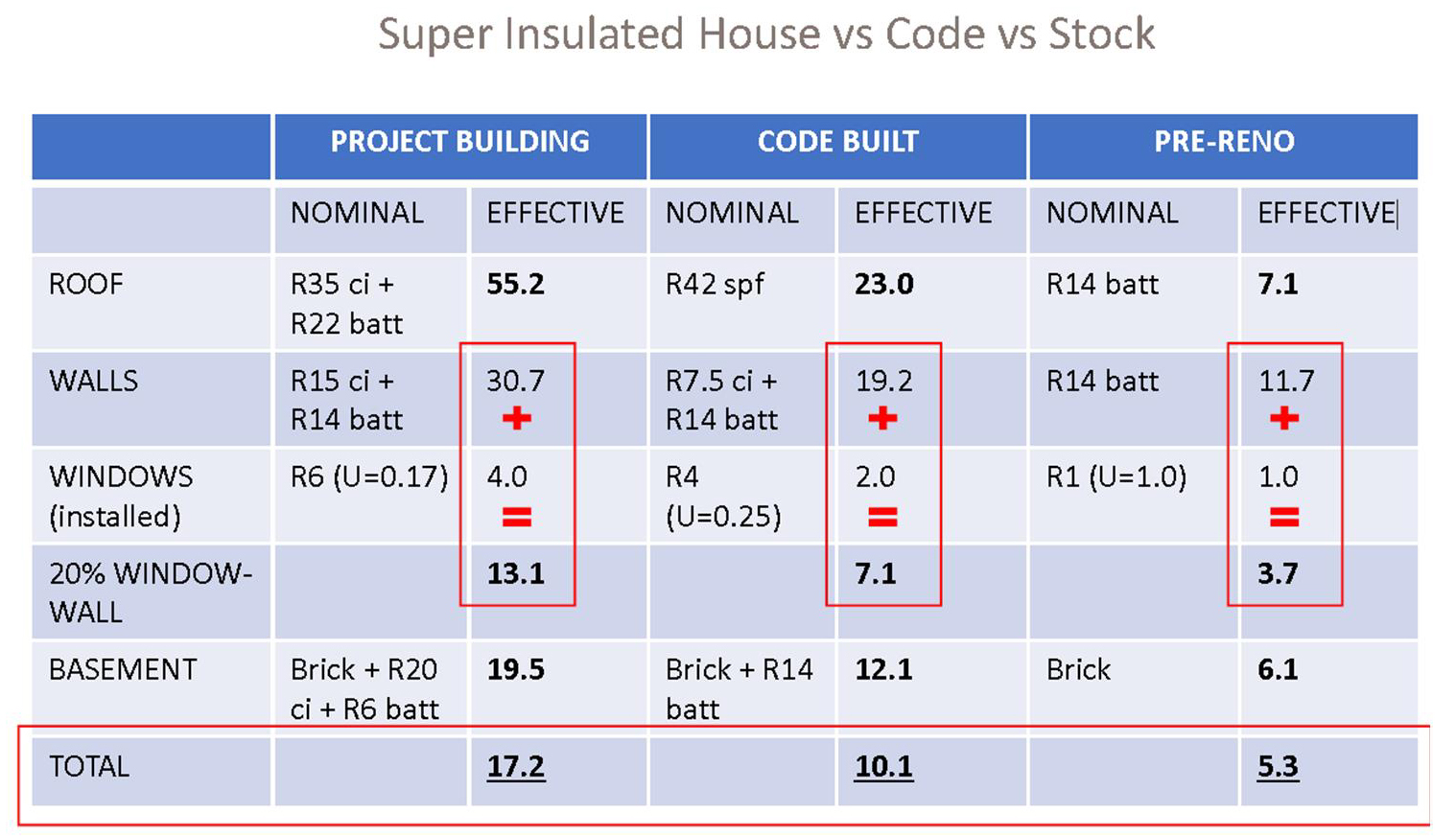The table below shows what levels of insulation are cost effective for different climates and.
Exterior wall insulation r value ontario.
Title toronto home insulation insulation shall be installed so that there is a reasonably uniform insulating value over the entire face of the insulated area.
Installation of loose fill insulation.
R value is a standard unit of measurement for determining among many things how effective your insulation will be.
In such cases where r value is assigned this may decrease the r value requirement for batt insulation.
Insulation level are specified by r value.
See the department of energy s doe ranges for recommended levels of insulation below.
Thickness density and type of materials are some factors that contribute to.
Today the minimum code requirement is r 24.
Here are some of the most common ways.
The r refers to absolute thermal resistance.
Achieving greater r values in exterior walls.
Where exterior walls are not supported by footings extending below frost level.
You will still need to ensure the vapour barrier is sealed and will have to reposition such things as electrical switches and plugs.
Insulation susceptible to water damage must be kept a minimum of 2 above a crawl space floor.
The higher the r value the better the thermal performance of the insulation.
The higher the r value the better the thermal performance of the insulation.
Recommended home insulation r values.
R value is a measure of insulation s ability to resist heat traveling through it.
In the province of ontario the building code for exterior walls has changed in the last couple of years several years ago they outside walls had to be r 20 to meet the minimum code requirement.
Where insulation is exposed to the weather it must be kept protected by 6mm thick preservative plywood or 12mm cement parging.
As a fast option to increase the wall rsi value while reducing thermal bridging install at least rsi 0 88 to 1 76 r 5 to 10 rigid board insulation directly to the wall finish and cover it with drywall.
Higher r value numbers mean that the insulating material resists the cold or heat from the outside better.
Typical recommendations for exterior walls are r 13 to r 23 while r 30 r 38 and r 49 are common for ceilings and attic spaces.
You can achieve better thermal performance in your attic by adding an additional layer of insulation.
There are several options for people to meet this new code.

